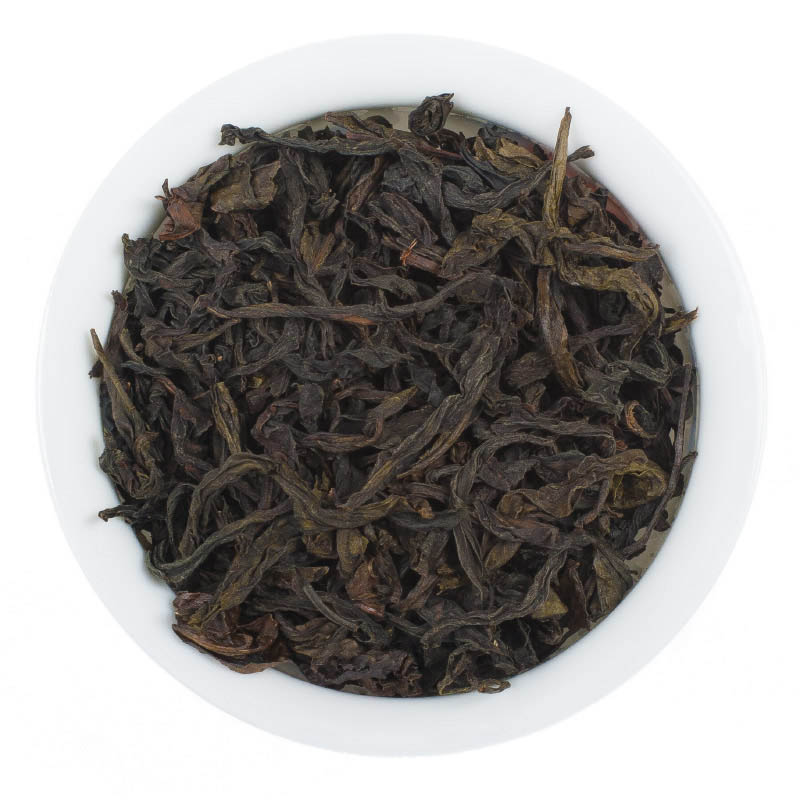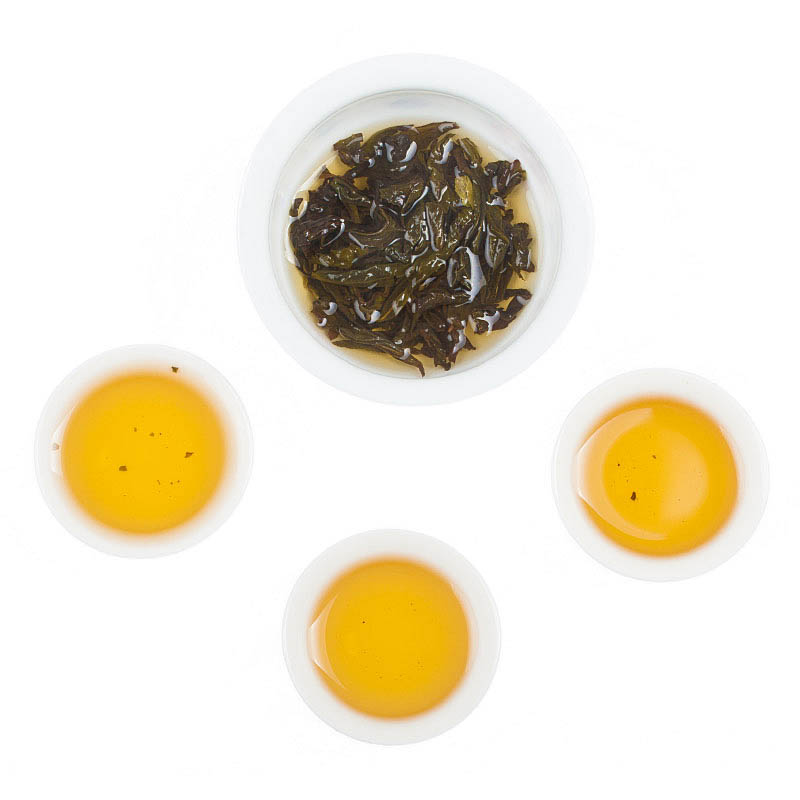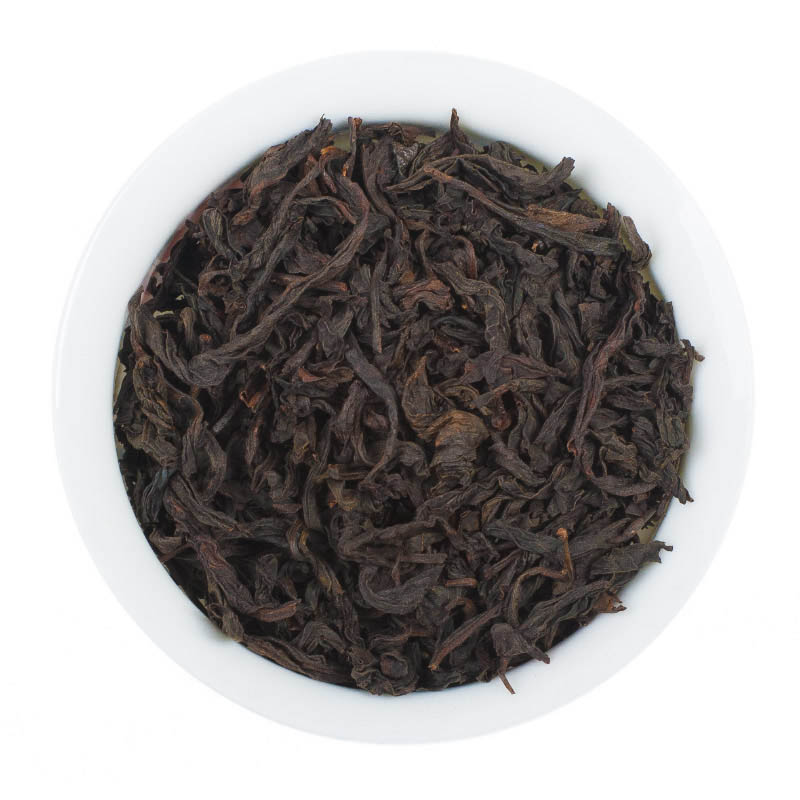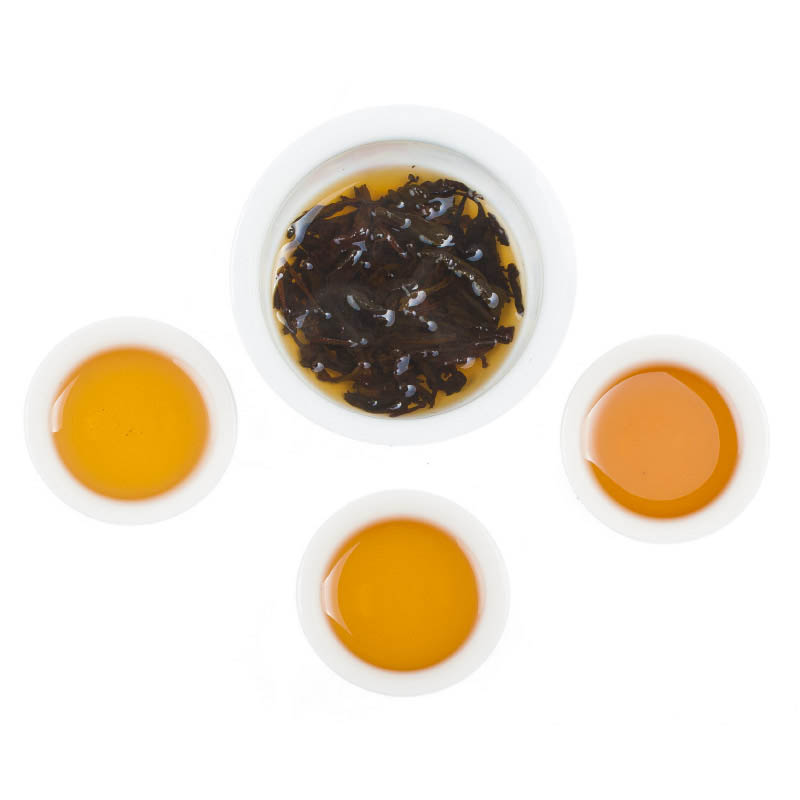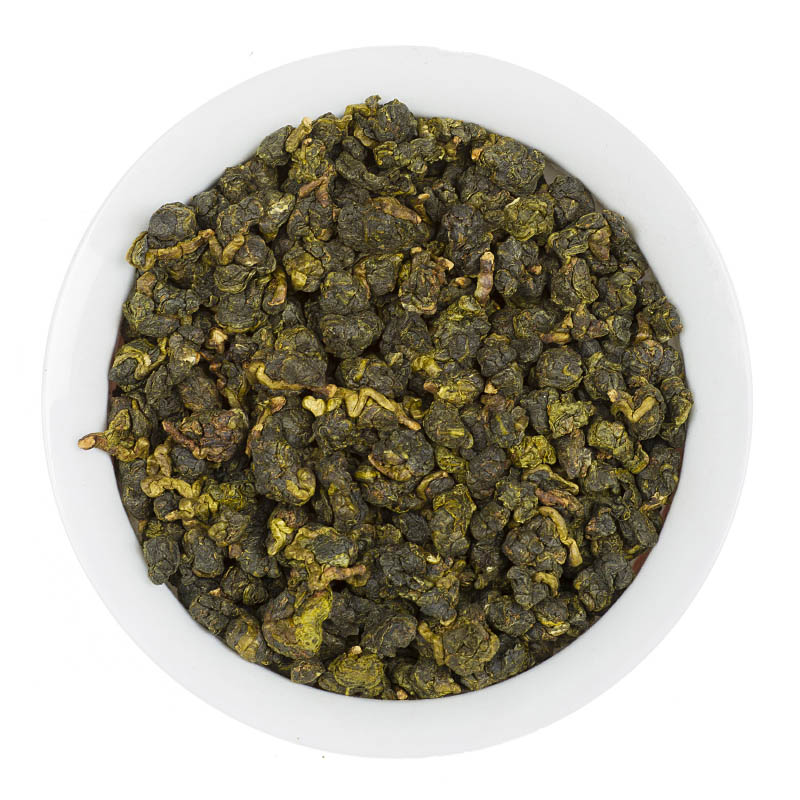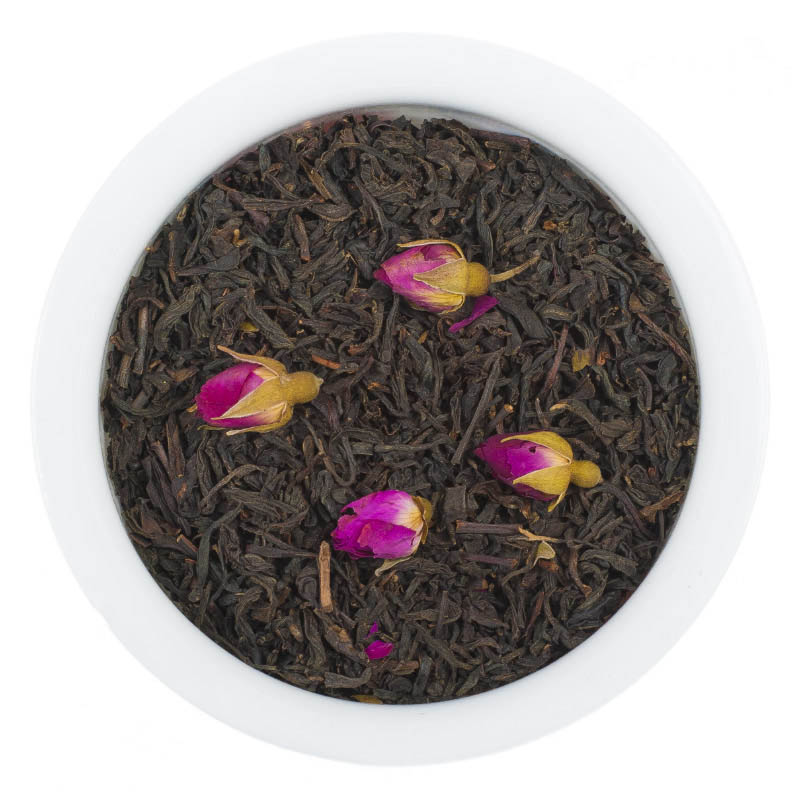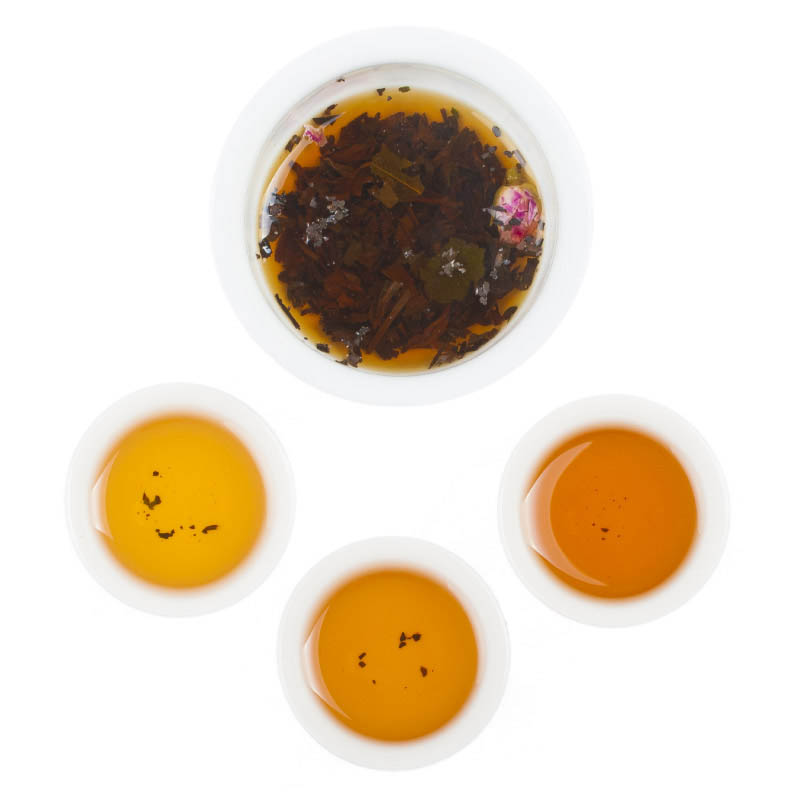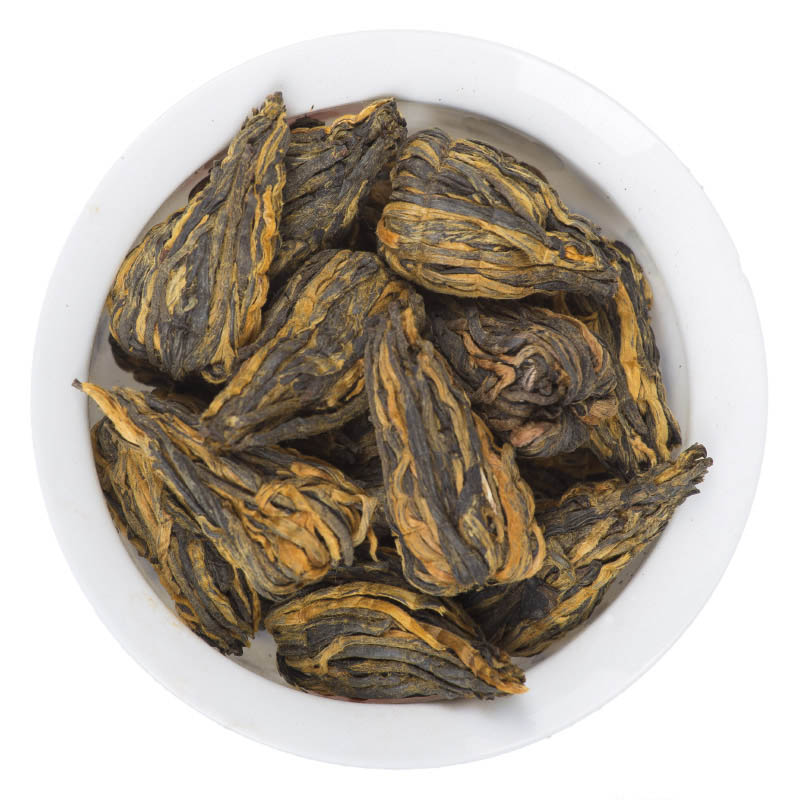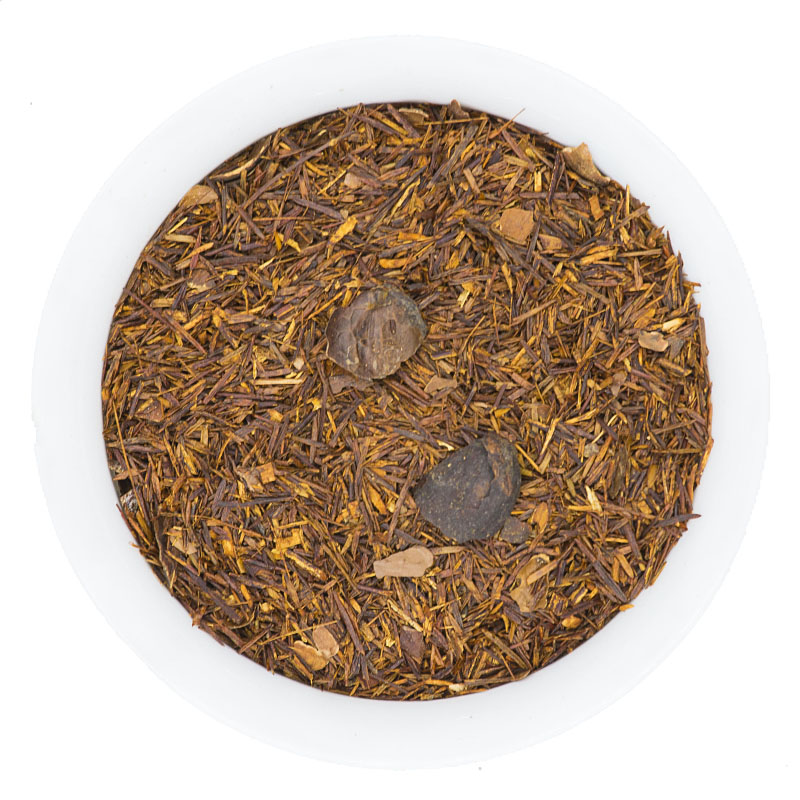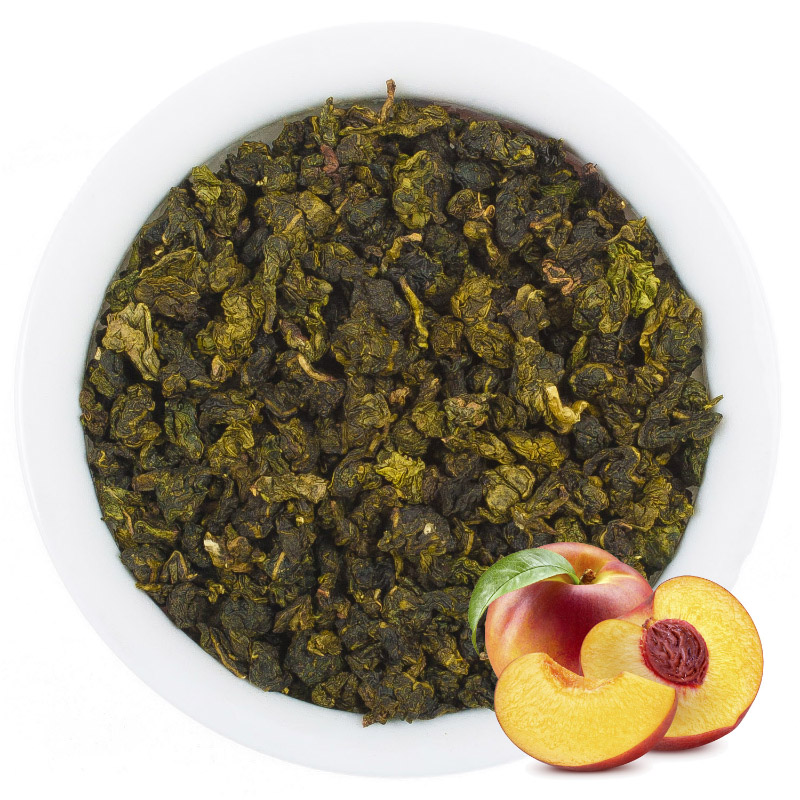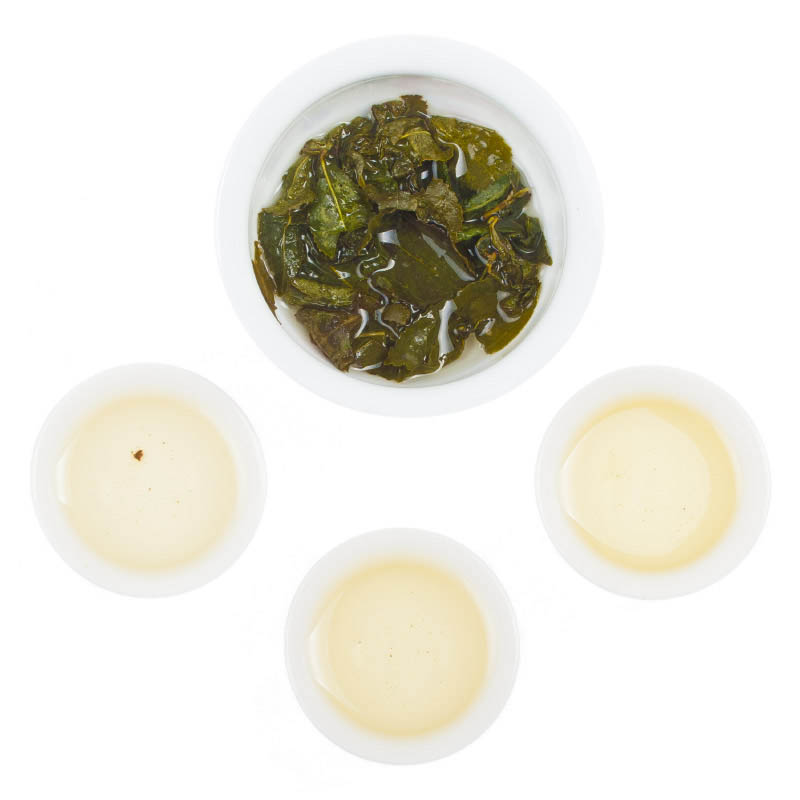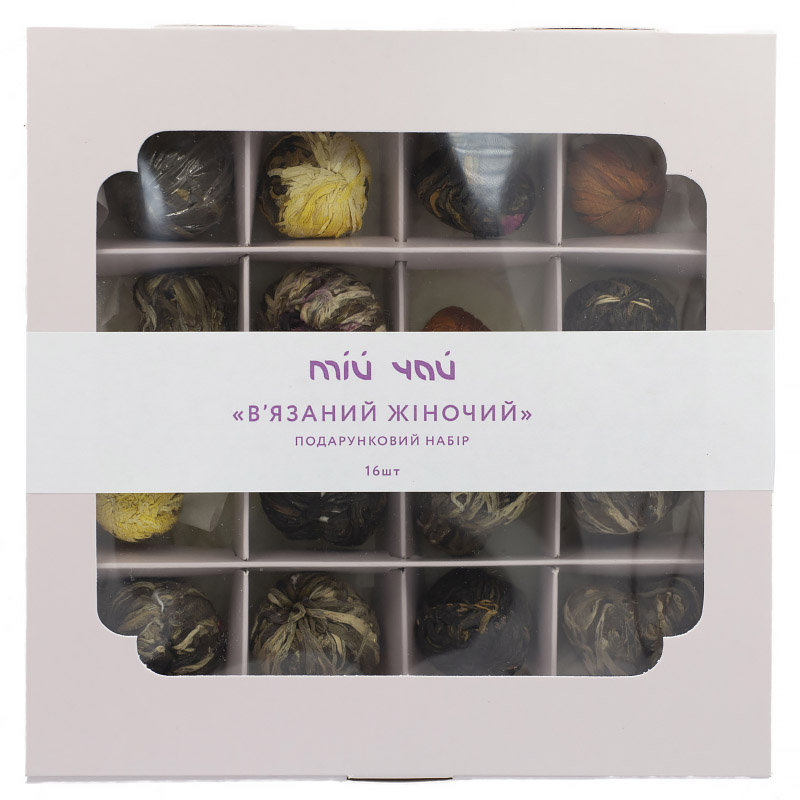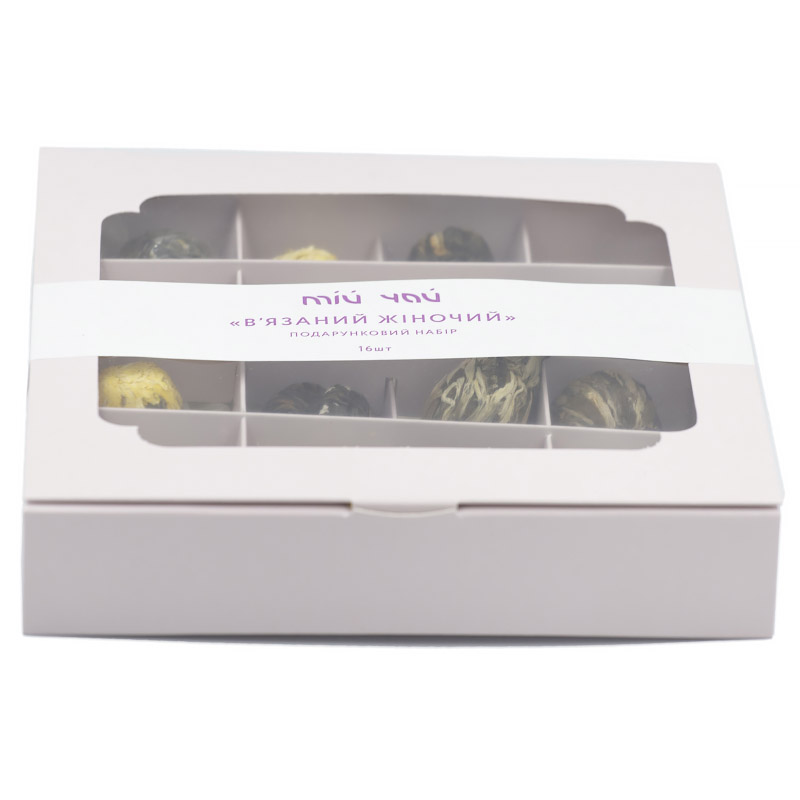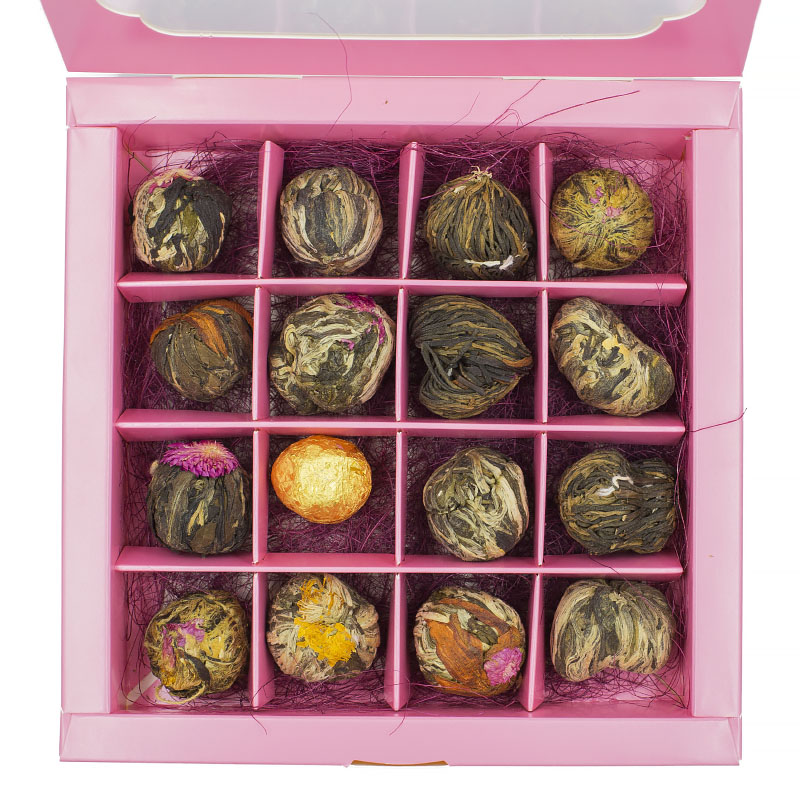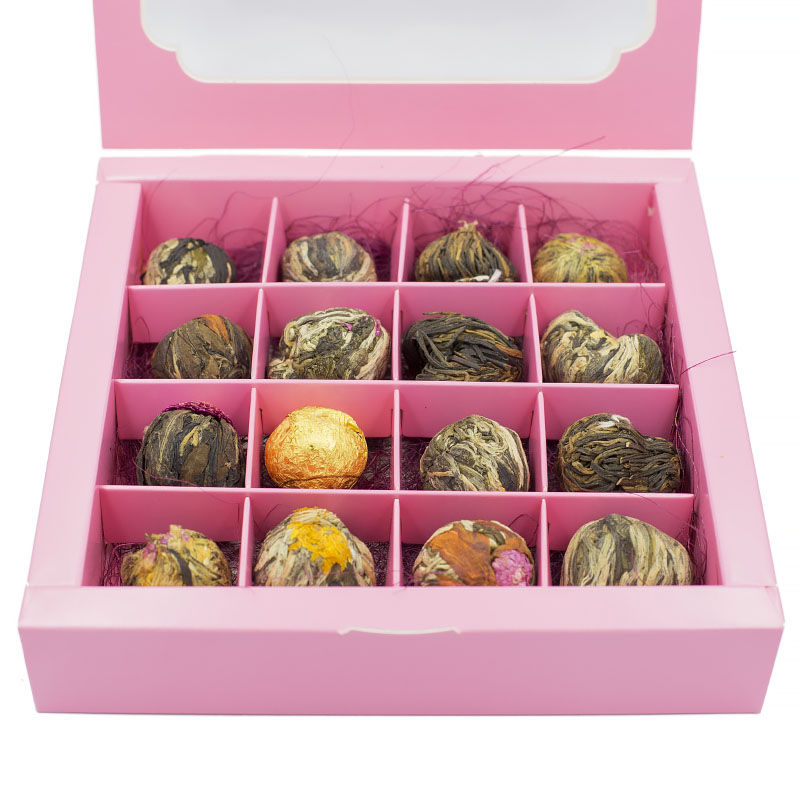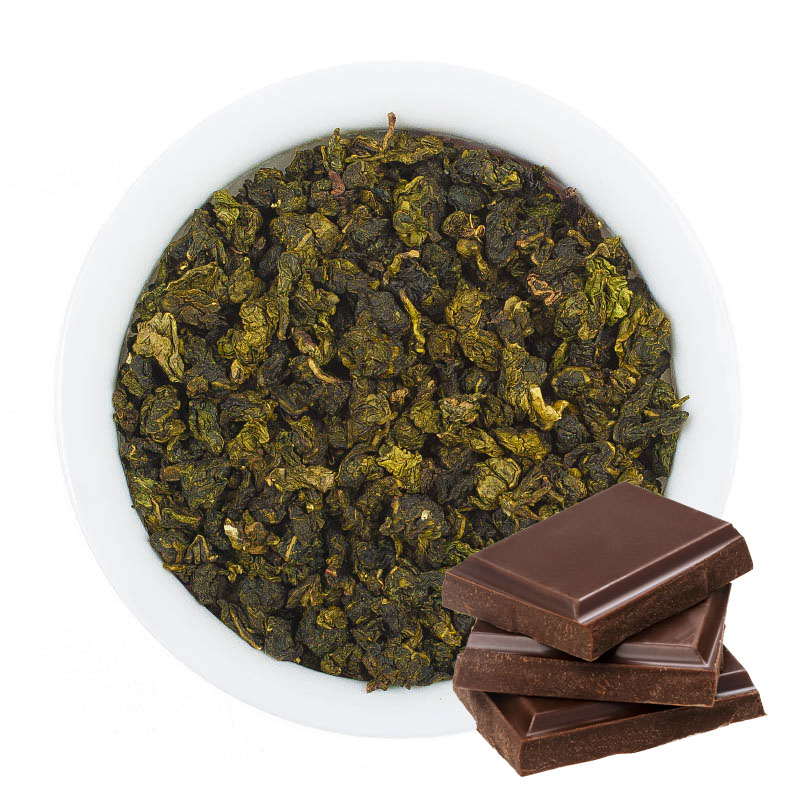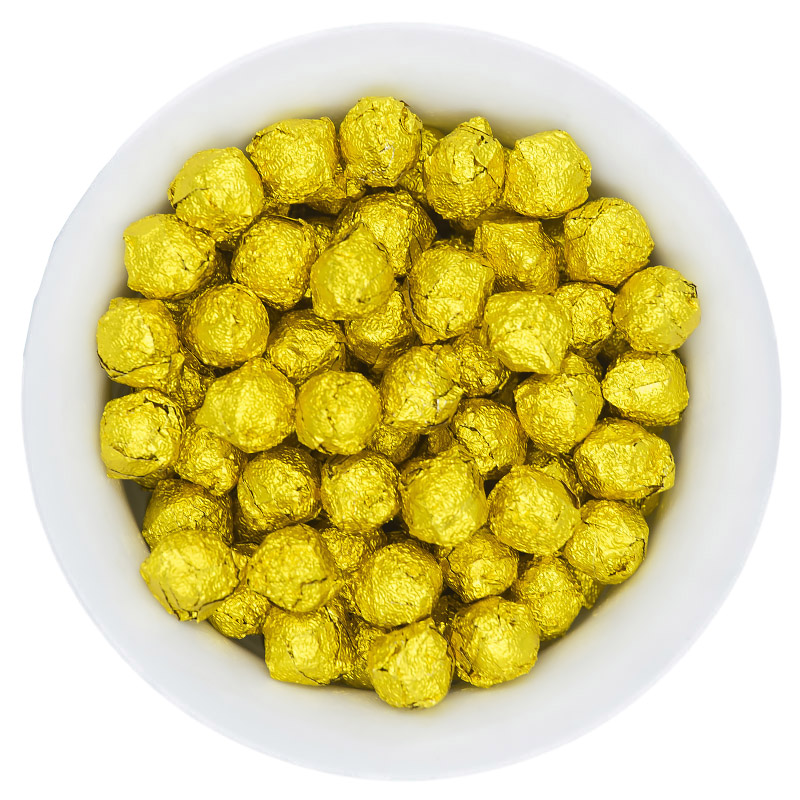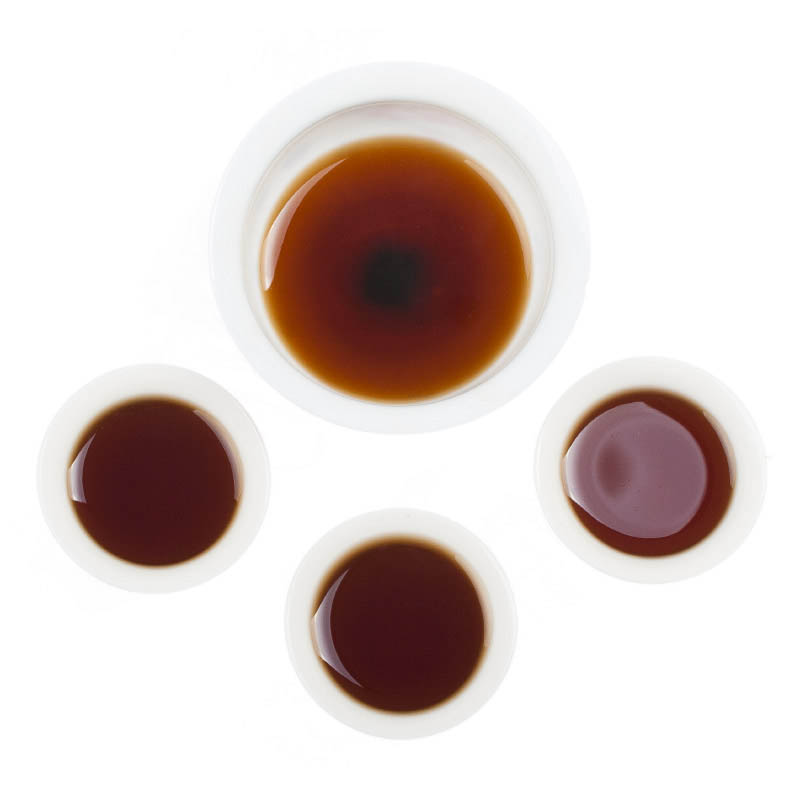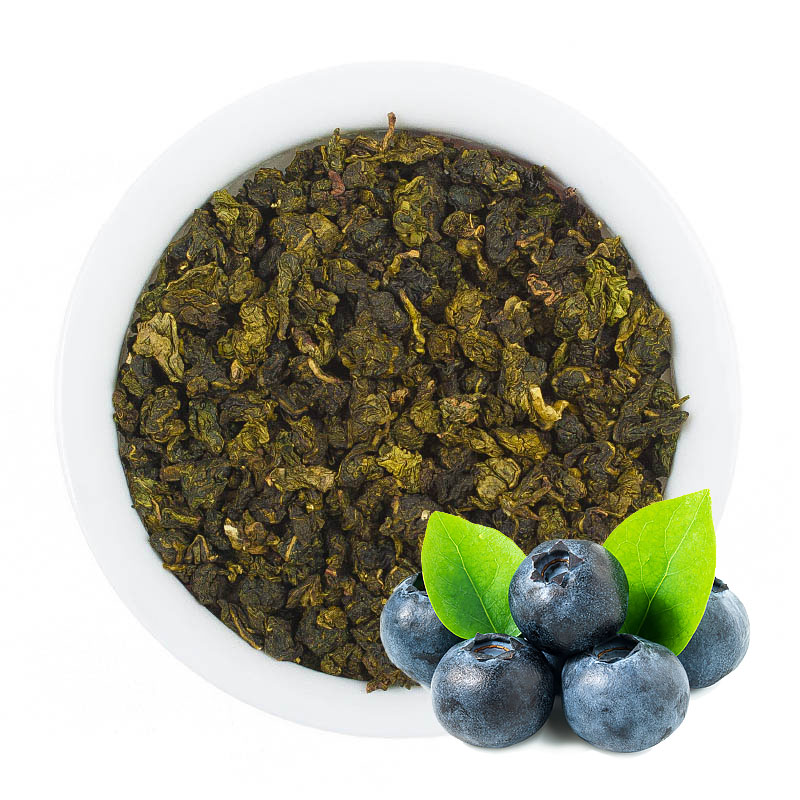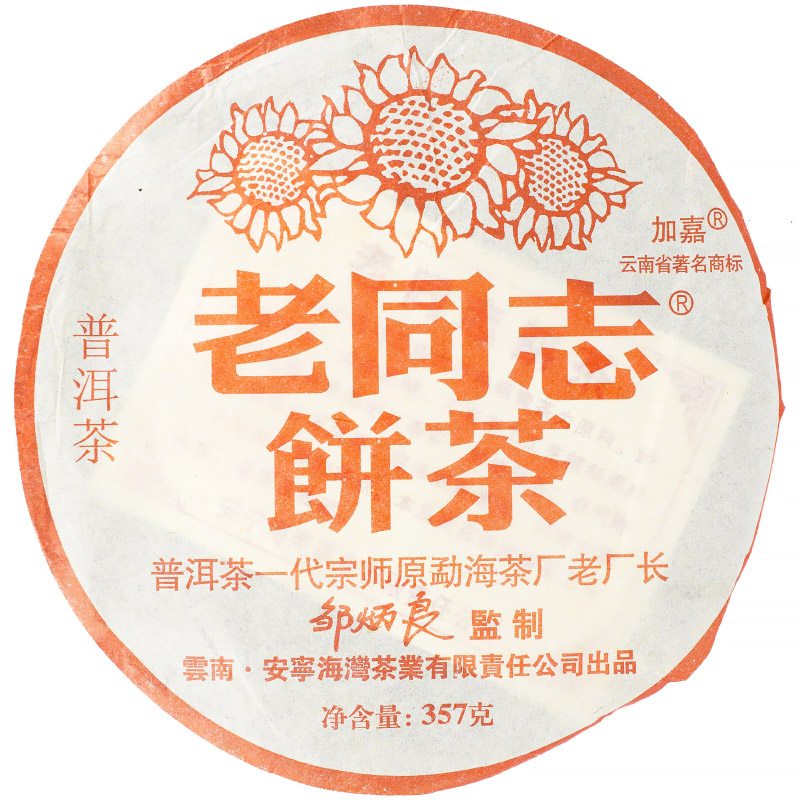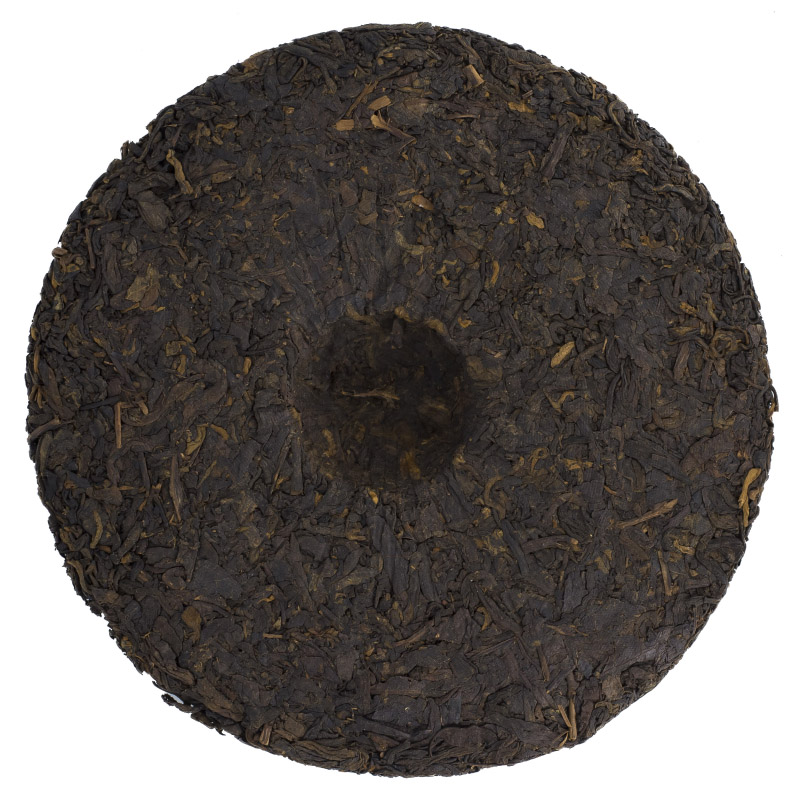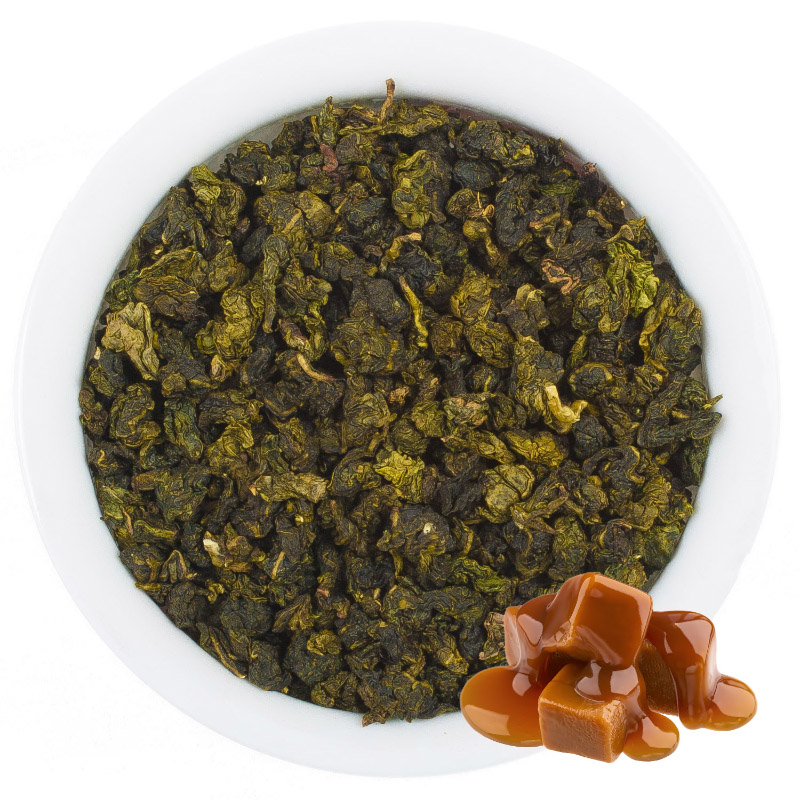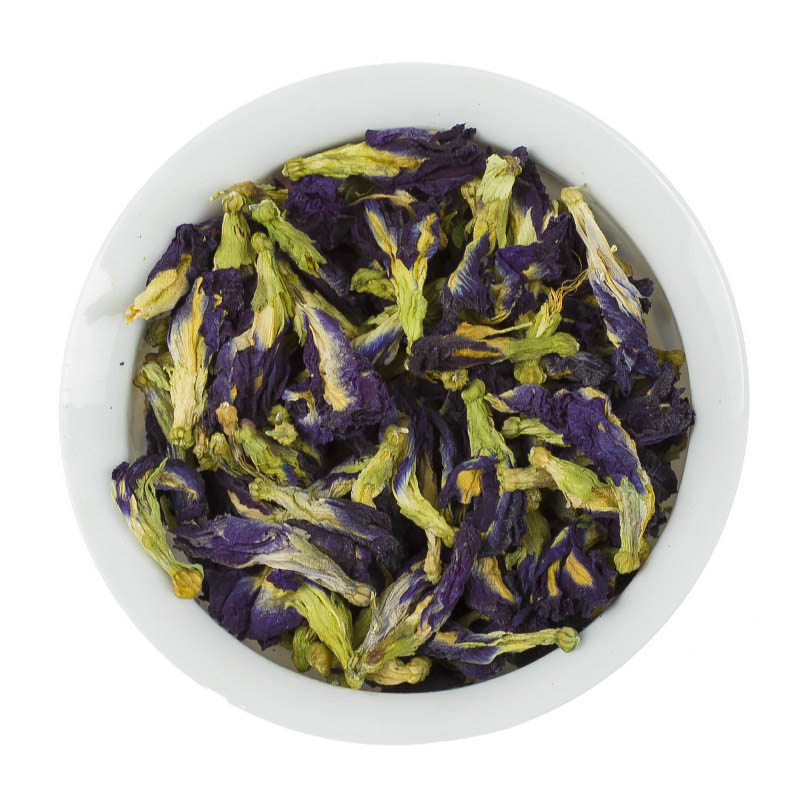Returning to the Source: How to Brew Tie Guan Yin
As folk wisdom states, tea is a vast universe contained within a small cup. Tastes vary widely: some prefer a rich black brew with a hint of vanilla, while others favor the floral bouquets concentrated in the vibrant essence of green nectar.
What determines the aroma and, most importantly, the taste of tea? How correctly it's brewed.
Among the iconic Chinese oolongs, a special place is reserved for the tea named after the Bodhisattva of Compassion. This is the calling card of **Fujian province**. It is here, in Anxi County, that monks cultivated the legendary tea since the Tang Dynasty. The ancients knew how to properly brew the divine **Tie Guan Yin** to not only unlock its unique natural aroma but also preserve the beneficial properties of the tea leaves.
Tea drinking traditions would be incomplete without observing the ritual of brewing the drink. Thanks to ancient manuscripts preserved by the Fujian monks, we have the opportunity to enjoy the true taste of Tie Guan Yin and to brew it correctly.
Beneficial Properties of Natural Tie Guan Yin
Large-leaf **Tie Guan Yin oolong** belongs to fermented turquoise or green-blue Chinese teas. In the hierarchy of beverages, it falls between green and black (or red) teas. Oolong production uses more mature leaves than for classic green tea, but less fermented than for black tea.
It is precisely thanks to the special tea fermentation technology that the beneficial natural properties of the plant are preserved in **Tie Guan Yin** leaves. A properly prepared drink is a treasure trove of vitamins, essential oils, and tannins. It's impossible to confuse the unique taste of this oolong, with its pronounced floral-fruity palette, with other aromas!
The **effect of Tie Guan Yin Oolong** is noticeable from the very first sips: a bowl of delicious natural tea acts calmingly and peacefully. A flow of positive thoughts, giving the body lightness and natural warmth, leads to inner harmony.
The **benefits of Tie Guan Yin** are comparable to the healing effect of green tea: the invigorating infusion restores youth to the body, normalizes blood pressure, balances psycho-emotional state, stabilizes blood viscosity, and strengthens blood vessels.
The natural composition of the tea leaf includes easily digestible **B vitamins, P, C, K, D**, etc. It is a treasure trove of **iodine, selenium, manganese, phosphorus, and other minerals**. Its ability to remove toxins from cells makes oolong an active participant in a dietary regimen.
Properly brewed **Tie Guan Yin** has a beneficial effect on the psyche, which is important for people prone to seasonal depressions and systematically experiencing stress.
Do not look for it as an energy drink! This is an elite, highly intellectual tea with its own philosophy of consumption. A stronger brew has a tonic effect. Those who try **Tie Guan Yin oolong** for the first time describe the experience as an atmosphere of warmth and ease.
Tie Guan Yin: Tea Taste Depends on Variety
**Tie Guan Yin** is classified by leaf type, growing location, and harvest period. The geography of the tea is embedded in its name. For example, **Tie Guan Yin Anxi** hails from Anxi County in Quanzhou, a renowned region. This aromatic, rich tea is harvested and prepared in spring and autumn.
**Siping** comes from Siping village. This area is home to the mother bushes of the plant, and the ancient harvesting technology is kept under strict wraps. The resulting drink is oily, rich, and spicy.
**Chenxiang** originates from Chenxiang village. Its production technology is similar to that of Lao Cha Wang: the leaves are lightly smoked over charcoal. In everyday life, this oolong might also be known as **aged Tie Guan Yin**.
In total, Anxi has 13 villages and over 10 townships involved in the production of the legendary oolong: Penglai, Guanqiao, Jingu, Lutian, Kuidou, Cangnei, etc. Harvesting occurs year-round (twice in summer).
- Taste qualities largely depend on the **oolong variety**. For instance, a name with the prefix Wang ("sovereign") indicates raw material of the highest quality.
- **Mao Cha** refers to not fully fermented stalked leaves. This tea retains its natural essential oils well and also has a long shelf life.
- **Lao** undergoes prolonged fermentation and possesses enhanced taste properties.
- **Nong** is an autumn-harvested tea, distinguished by a strong aroma, rich spicy taste, and slight oiliness.
- **Qing Xiang** is for lovers of floral notes: the taste is quite fresh and soft. This tea is prepared in spring.
When choosing tea, be guided by your personal taste preferences. One thing is clear: there is no bad tea in the **Tie Guan Yin** collection – this will be confirmed not only by tasting experts but also by ordinary people who prefer a bowl of this aromatic drink over all life's troubles.
Tie Guan Yin Brewing Method
...The waiter brings a large porcelain teapot, a bowl – and the acquaintance with **Tie Guan Yin** begins. The method of brewing the drink remains a mystery, but we will lift the veil and learn the intricacies of this mastery. First, let's characterize a properly prepared tea. Ideally, it is:
- a light green, slightly turquoise infusion;
- a subtly intoxicating aroma with a delicate note of lilac;
- a slightly sweet taste – refreshing;
- the aftertaste has a light sweetness and the freshness of lilac.
Before brewing **Tie Guan Yin** leaves, ensure the **water quality**. Use purified water with an acceptable pH level of 5. The **utensils** used should be made of natural, heat-retaining materials, such as porcelain or earthenware.
Heat the water to **90 degrees Celsius**. Rinse and gradually heat the utensils. **10-12 grams of tea** is sufficient for a 200 ml capacity. The first brew should steep for no more than 3 seconds; then the water is drained, and the tea begins to open up.
The **second brew** steeps for 10-15 seconds. For each subsequent infusion, the steeping time is increased by 4-5 seconds.
For the fifth and all subsequent infusions, it is recommended to steep for **1-1.5 minutes**. The water temperature is raised to 95 degrees. For the 9th-10th brew, allow up to 5 minutes – during this time, the tea will fully reveal its temperament, and you will savor its philosophy.
For specific brewing instructions for a particular variety of natural **Tie Guan Yin**, it's best to ask a specialist, as each oolong has its unique characteristics. The consultant at miychay.com online store is a guru in tea ceremony matters. They will also advise you on what accessories are needed to convey the atmosphere of proper **Tie Guan Yin** consumption – incredibly delicious and beneficial!

